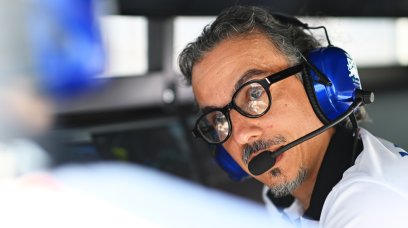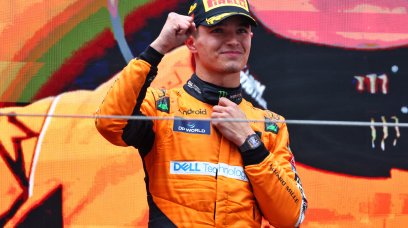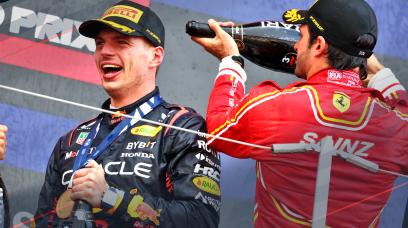If being bullied represents a real problem and trauma for the victims, being Red Bullied (pun intended) could be a solution for Ferrari to the lack of competitiveness of the SF-23. It is well known that copying is always negative in every sector of life and even more so in Formula 1 if you try to blindly draw inspiration from other people's concepts, without making a real reasoned integration into your own project. But if the performance and concept of an opponent like Red Bull has been analysed, understanding that some prerogatives of the rival project could be effectively applied to your own, then it's different. Frederic Vasseur said it clearly after the Saudi race: "When I return, I will tell the engineers that we must not make fun of each other, we have a problem and we must change the situation". Words that did not allow convenient interpretations of reality, in terms of performance of the SF-23. The car is competitive over a single lap and in the race it only manages the soft and medium compounds adequately, while it is unable to get the harder tyres to work. Their performance in Saudi Arabia pointed to a general lack of grip, with the SF-23 transforming itself between qualifying and the race with the same set-up.
There has been talk of lack of downforce, perhaps it would have been more correct to speak of its imperfect distribution, but the impression one got from the transformation of the car with an increased fuel load was that it could not only be aerodynamics to blame. It could be a mix between aerodynamics and vehicle dynamics, read suspension. Their task, as is known, is to keep the set-up of the car as constant as possible, especially in terms of managing the variations of ride heights to make the lower aerodynamics more efficient. A strong point of Red Bull and Aston Martin is clearly the front suspension, which is characterised by a high anti-dive effect, which is minimal on the Ferrari. An intervention on it is impossible, due to the necessary radical modifications to the chassis. Less complex, although not simple, modification that can be made is to the rear suspension, where the intervention would still be profound but less radical. Suffice it to recall, in fact, how in 2019 Mercedes developed the rear suspension in the second part of the season, to the point of allocating an extra budget of around thirty million euros for the operation. The budget cap makes everything more difficult today, but there is no excuse for such a lack of performance, action is needed.
Ferrari's plan to tackle the load transfers
For this reason, it now seems decided that the Maranello technicians are analysing the possible changes to be made to the rear suspension, focusing on the different position of the pick up points of the upper wishbone. In particular, the interventions will be aimed at increasing the 'anti-squat' effect, i.e. anti-bulging of the rear, with the movement of the rear arm to the base of the support that holds the vertical pylon of the rear wing (see images above). It would be a modification clearly inspired by Red Bull, where the rear arm is in a single piece, thus guaranteeing, even with soft settings, a prompt response from the suspension to crushing of the rear axle during acceleration and in longitudinal load transfers between the front and rear end. The geometry of the suspension would therefore change slightly, mostly affecting its level of dynamic response. In essence, this could effectively guarantee two things. On the one hand, improved mechanical grip at low speeds, by adopting a softer set-up than the current baseline, and it would also allow for a minimum ground clearance, significantly increasing the load generated by the floor. In essence, it would thus be possible to rediscover those characteristics seen so far only on the simulator, which had satisfied the Maranello engineers before the start of the season in Bahrain. As mentioned, the intervention cannot be carried out in a very short time, but the cancellation of the Chinese GP, therefore with a three-week break between Australia and the Azerbaijan GP, plays in favour of the choice to undertake a process of non-trivial change, like this one, allowing for some acceleration in the implementation. The revised and corrected version of the rear suspension of the SF-23 could be ready for the Emilia Romagna GP.
The detail of the pick up point of the rear arm of the upper triangle anchored to the base of the rear wing pylon support is magnified in the circle detail. It should be noted that the rear arm is in a single piece, increasing the stiffness of the system.
Most read



















